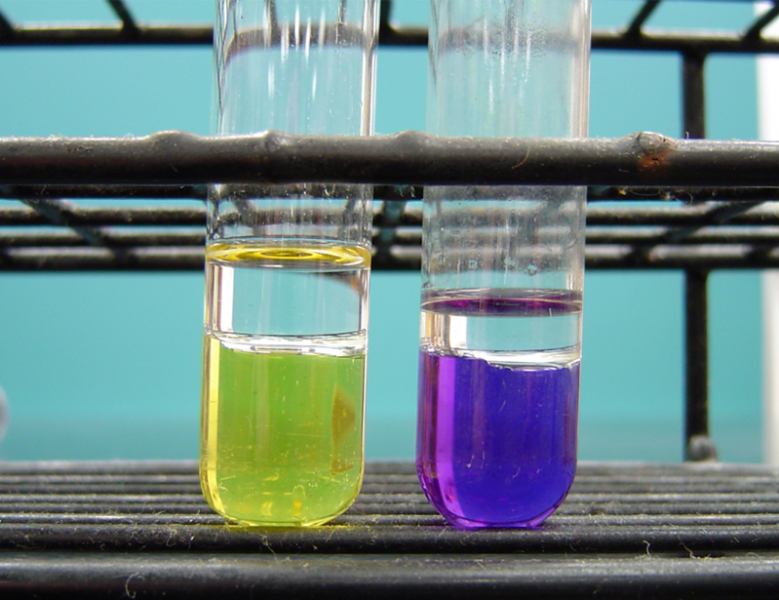
An international team of scientists, which included an employee of Moscow State University, deciphered the mechanism of operation of a rare and important photoenzyme – fatty acid photodecarboxylase (FAP), which converts fatty acids into saturated hydrocarbons. The study of this reaction is not only of fundamental interest, since only three photoenzymes are currently known, but also has practical application in industry. The article was published in the journal Science.
“Knowing the mechanism of the reaction catalyzed by FAP is important not only from the point of view of fundamental science, but also for the potential use of photocatalysis in biotechnology,” says co-author of the study Tatyana Domracheva. – Firstly, fatty acids are present in all living organisms. And using this reaction, we get a renewable source of the most energetically saturated hydrocarbons – the limiting ones. Moreover, we are talking about a one-stage reaction, which is critically important for industrial processes. The reaction takes place in an aqueous medium, which eliminates organic solvents and fully complies with the principles of Green Chemistry. Secondly, this is another important step towards understanding the mechanisms of the so-called hydrocarbon cycle, which describes the mechanisms of transformation of hydrocarbon reserves in the oceans. Third, we are faced with the possibility that complex organic molecules can function using several parallel mechanisms. This casts doubt on some of the concepts of biochemical reactions that exist in the scientific environment, and requires a separate understanding. “
Natural photoenzymes, although rarely found in nature, play a key role in processes such as photosynthesis and the preservation of genetic information. Science knows three natural enzymes that work as photocatalysts. DNA photolyase is involved in the repair of DNA damaged by ultraviolet light. LPOR is responsible for the last step in the synthesis of the chlorophyll molecule. FAP, a fatty acid photodecarboxylase, was isolated from unicellular algae in 2016, but until now they could not understand the details of the process in which fatty acids become saturated hydrocarbons in one step.
The authors studied this process by almost every possible method. As a result, a vast amount of material was collected. Now French researchers are working on the creation of a biotechnological system based on FAP for the one-stage synthesis of long-chain hydrocarbons, since modern technologies make it possible to bring the work of the enzyme to an industrial level. In addition, by understanding how FAP works, it is possible to modify the enzyme, improving its properties and making it more convenient to use.
Read also:
“COVIVAC”: inactivated but active
Thrombus on the world artery
Found a protein responsible for the accumulation of “bad” cholesterol
“Popularizers of All Russia”
There may be currents in the ocean of Enceladus

